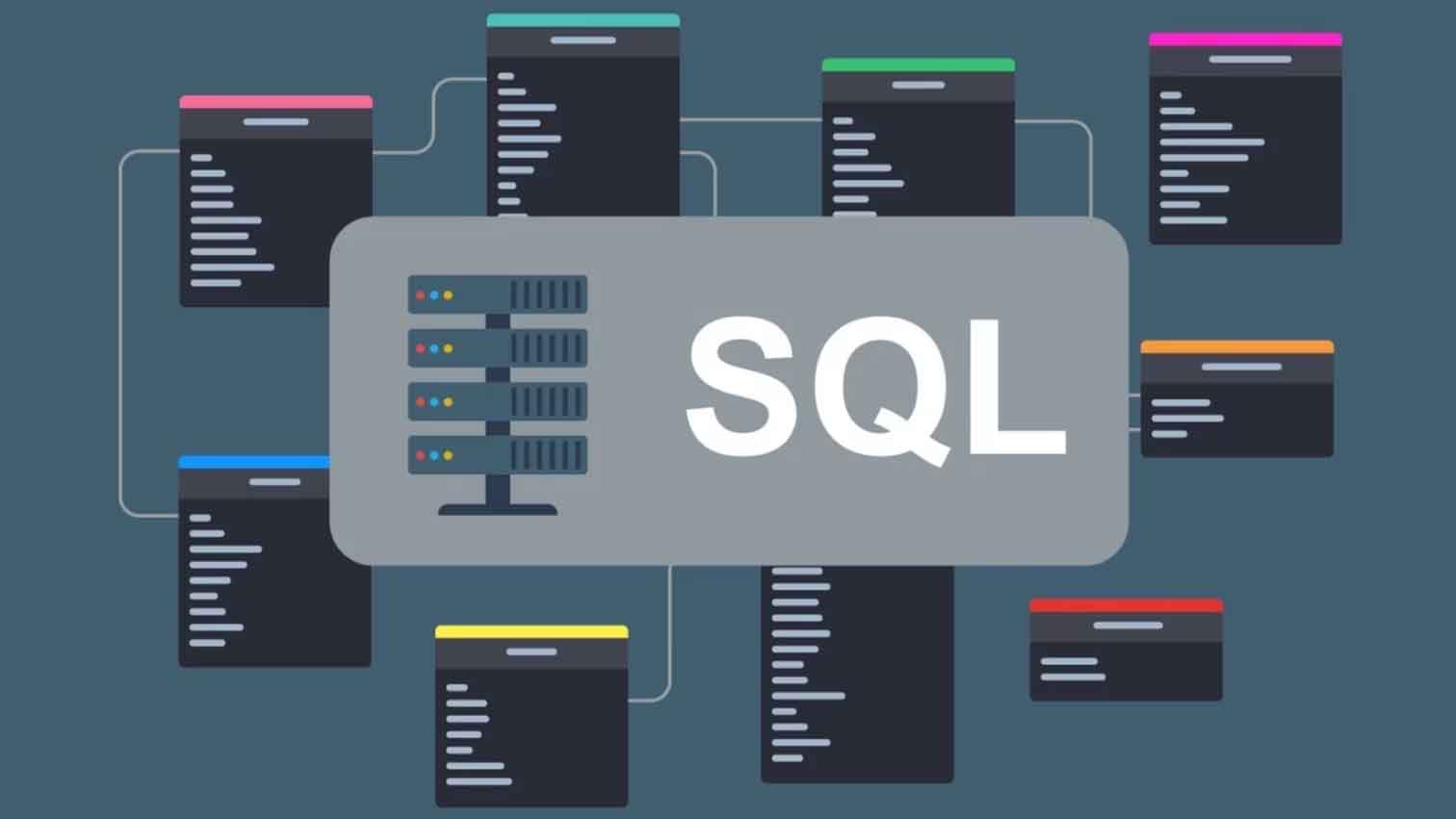
Introduction
Structured Query Language (SQL) is a fundamental tool for managing and analysing data. It is widely used for Business Intelligence (BI), enabling organisations to make data-driven decisions. This blog explores the role of SQL in data analysis, writing complex analytical queries, and understanding data warehousing concepts.
1. Using SQL for Business Intelligence
What is Business Intelligence?
Business Intelligence (BI) refers to the process of collecting, processing, and analysing data to support decision-making. SQL plays a crucial role in BI by extracting and transforming data for reporting and insights.
Key SQL Functions for BI
- Aggregation Functions
SUM(),AVG(),COUNT(),MIN(),MAX() - Example:
SELECT department, SUM(sales) AS total_sales FROM orders GROUP BY department;
- Joins and SubqueriesCombining multiple tables to derive insights.
- Example:
SELECT customers.name, SUM(orders.amount) FROM customers JOIN orders ON customers.id = orders.customer_id GROUP BY customers.name;
- Window Functions
RANK(),DENSE_RANK(),LEAD(),LAG()for ranking and trend analysis. - Example:
SELECT name, sales, RANK() OVER (ORDER BY sales DESC) AS rank FROM employees;
- Data FilteringUsing
WHERE,HAVING, andCASEstatements to refine analysis. - Example:
SELECT product, SUM(sales) FROM sales_data WHERE year = 2024 GROUP BY product HAVING SUM(sales) > 50000;
2. Writing Complex Analytical Queries
Common Analytical Techniques
- Common Table Expressions (CTEs)
- Improves readability and maintains complex queries efficiently.
- Example:
WITH monthly_sales AS (
SELECT date_trunc('month', order_date) AS month, SUM(amount) AS total_sales
FROM orders
GROUP BY month
)
SELECT * FROM monthly_sales;
- Pivoting and Unpivoting Data
- Transforming rows into columns and vice versa.
- Example:
SELECT *
FROM sales_data
PIVOT (
SUM(sales) FOR year IN (2022, 2023, 2024)
) AS pivot_table;
- Recursive Queries
- Useful for hierarchical data (e.g., organisational charts, category trees).
- Example:
WITH RECURSIVE employee_hierarchy AS (
SELECT id, name, manager_id FROM employees WHERE manager_id IS NULL
UNION ALL
SELECT e.id, e.name, e.manager_id
FROM employees e
JOIN employee_hierarchy eh ON e.manager_id = eh.id
)
SELECT * FROM employee_hierarchy;
- Time Series Analysis
- Using
LAG(),LEAD()for trend analysis. - Example:
SELECT order_date, sales,
LAG(sales, 1) OVER (ORDER BY order_date) AS previous_day_sales
FROM orders;
3. Data Warehousing Concepts
What is a Data Warehouse?
A data warehouse is a centralised repository used for storing, managing, and analysing large volumes of data. It is optimised for analytical queries rather than transactional processing.
Key Concepts in Data Warehousing
- ETL (Extract, Transform, Load)
- Extracting data from various sources.
- Transforming data into a standard format.
- Loading data into the warehouse for analysis.
- Star and Snowflake Schema
- Star Schema: A fact table is surrounded by dimension tables.
- Snowflake Schema: Normalised form of Star Schema with additional levels of dimension tables.
- Fact and Dimension Tables
- Fact Table: Stores business events (e.g., sales transactions).
- Dimension Table: Stores descriptive attributes (e.g., product details, customer information).
- Indexing and Partitioning
- Indexing speeds up query performance.
- Partitioning divides tables into manageable segments.
- OLAP (Online Analytical Processing)
- Supports complex queries and multi-dimensional analysis.
- Example OLAP query:
SELECT region, product, SUM(sales) FROM sales_data GROUP BY CUBE(region, product);
Conclusion
SQL is a powerful tool for Business Intelligence and Data Analysis. From writing complex queries to managing data warehouses, it plays a vital role in transforming raw data into actionable insights. Mastering these SQL concepts will enable businesses to make informed, data-driven decisions efficiently.
Leave a Comment